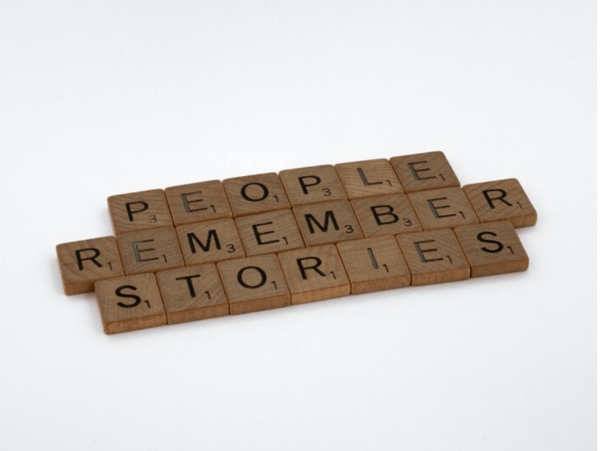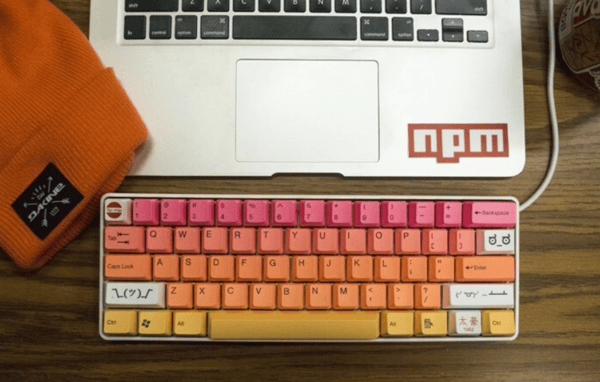Alumni Q&A with Daniel King
Before attending Codesmith, Daniel King was a high school teacher. Now, he works as an Engineering...

You know, it doesn't really matter if you're a great engineer. It doesn't even matter if you're one of the best engineers to date. Ultimately, unless you start your own company, you're still have to go through some sort of job hunting process, and let's be serious - it sucks.
The way to make it suck less, even if just a little bit, is to approach the process like you would any engineering challenge, with a strong strategy and methodical approach. That's what we're taught during the hiring portion at Codesmith.
 Photo by Jess Bailey on Unsplash
Photo by Jess Bailey on Unsplash
Step 1: Build a strong resume.
Now, one thing I’ll note here, is that this process is incredibly uncomfortable. We start with a lecture that goes over the basic structure, and where we can ask clarifying questions. Then, we’re given the holy grail of documents, detailing step-by-step how to build your resume, along with sample resumes for all types of backgrounds (“here are some examples if you have a background in marketing”, or “here are some examples if you have a background in accounting”).
While that’s all well and good, actually sitting down to write it is hard. What technologies do I know? Can I rattle them off on a whim? (The answer to this is no — I initially forgot to list HTML and CSS). Why did I use React Router? Can I speak to that with authority? How do I reach the minimum word count of 550 words? And how do I fit that on one page? These are all the questions that you inevitably ask yourself while writing those bullet points.
Then, we submit draft one. Draft. ONE. Then we get a round of feedback, provided by a fellow. Now, I consider myself a pretty decent scribe, but I have never seen so many Google Doc notes in my life. Most of it I agreed with, some of it I didn’t, either way, I made adjustments and submitted draft two. We repeat this three times before we submit a final resume, where a “hiring engineer” reviews, adds notes, and gives a final sign-off.
All of that is just step one.
Step 2: Create a narrative.
This is essentially your personal elevator pitch — it gives a brief overview of who you are as an engineer in, well, about a minute of so. While that sounds easy enough, boiling down your entire career, your current work, and the technologies you specialize in, succinctly and eloquently, is quite the challenge. Then, of course, practicing it over and over until it’s second nature, but also fluid and flexible? That’s a whole separate set of skills we need to apply, but a crucial part of the process.
 Photo by Brett Jordan on Unsplash
Photo by Brett Jordan on Unsplash
Step 3: Build your online profiles.
This one just takes time and effort, to be honest, there’s no way around it. Your LinkedIn should reflect your resume, your photo should be professional, if you can up your endorsements and written recommendations, all the better. This a chance for you to signal credibility to the professional world — after all, you included your LinkedIn on your resume, and you want it to stand out against the thousands of potential applicants. You also want to build up other applicant profiles — Hired, Triplebyte, AngelList and so on.
Step 4: Apply!
This is truly Codesmith’s secret sauce of success. There’s a very specific method that we’re taught to follow, and it works. Of course, it’s not the easiest of methods — it requires a far greater amount of time, research, and quite frankly, effort. Nobody sugar coats how much energy goes into this process, and it’s far too easy to fall into an “easy apply spiral”, but ultimately, for a relatively short amount of time and effort, using Codesmith’s method is setting yourself up for success. The numbers don’t lie on this one — there are independent outcome reports available on cirr.org that undoubtedly prove that this method works.
The hiring support team is there every step of the way, and as uncomfortable, awkward, frustrating, and sometimes outright disheartening this process can be, with Codesmith, you’re not doing it alone, and you’re taking a path that’s been proven time and time again to work. While I’m just starting on steps three and four, I can already see how this methodology works, with recruiters flooding my InMail on a daily basis. With a little trepidation, and a lot of excitement, I have no doubt that I’ll soon enough go from engineer to employee.
 Photo by Paul Esch-Laurent on Unsplash
Photo by Paul Esch-Laurent on Unsplash
Blog written by Allison J., Codesmith NY Cohort 25
--
Learn more about how Codesmith supports Immersive residents as they navigate the job search process, and deep dive into our program outcomes.
Before attending Codesmith, Daniel King was a high school teacher. Now, he works as an Engineering...
Codesmith welcomes residents from a wide range of backgrounds, career paths, and perspectives to...